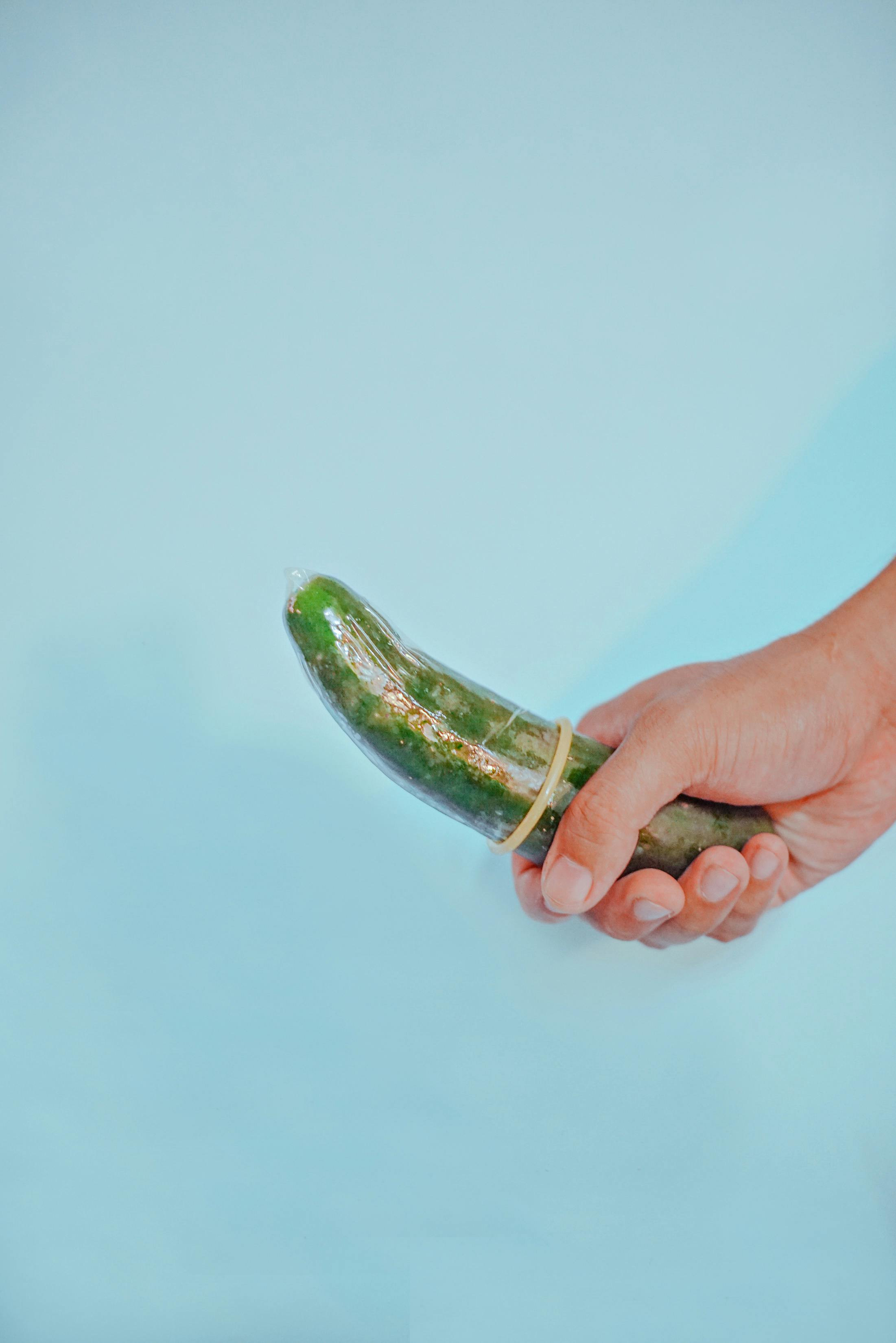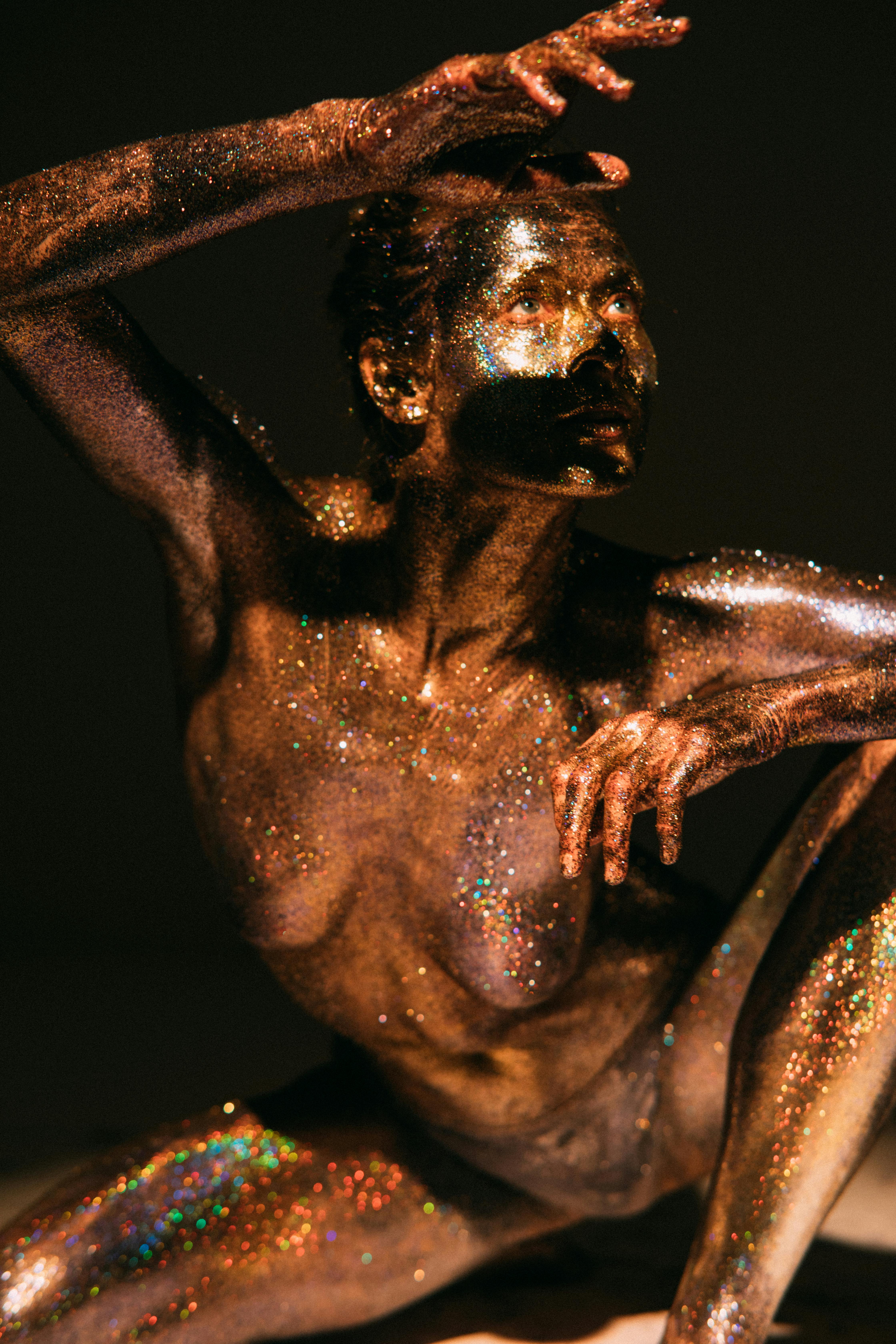 In like manner some bushes produce fruits whereas others do not, though they support fruit-bearing bushes within the production of fruit, as happens in the case of the fig-tree and the caprifig. 1250, threw some light on the very obscure prepare of thought in Grew’s mind, and did something to place it heading in the right direction, by referring to the case of dioecious plants and to the outdated experience of the date-palm, but he too made no try and settle the question by experiment. Like other writers earlier than Camerarius, he made no try and reply the question by experiment. It is quite another question how the fertilising matter reaches the germ which is capable of being fertilised, and this could not be entertained till experiment had established the very fact, that the pollen is absolutely indispensable to fertilisation. The only file of the actual fact, nevertheless, is contained in the next phrases of Grew in his ‘Anatomy of Plants’ (1682), ch. But if any are ready to attribute larger value to the utterances of Grew and Ray, the comparability of them with the way wherein Camerarius addressed himself to the query will show directly, that it was he who up to now advanced the idea of the subject as to make it accessible to experimental remedy, as he undoubtedly was the primary who not solely undertook experiments on the subject however carried them out with the skill which is able to appear in the next part.
In like manner some bushes produce fruits whereas others do not, though they support fruit-bearing bushes within the production of fruit, as happens in the case of the fig-tree and the caprifig. 1250, threw some light on the very obscure prepare of thought in Grew’s mind, and did something to place it heading in the right direction, by referring to the case of dioecious plants and to the outdated experience of the date-palm, but he too made no try and settle the question by experiment. Like other writers earlier than Camerarius, he made no try and reply the question by experiment. It is quite another question how the fertilising matter reaches the germ which is capable of being fertilised, and this could not be entertained till experiment had established the very fact, that the pollen is absolutely indispensable to fertilisation. The only file of the actual fact, nevertheless, is contained in the next phrases of Grew in his ‘Anatomy of Plants’ (1682), ch. But if any are ready to attribute larger value to the utterances of Grew and Ray, the comparability of them with the way wherein Camerarius addressed himself to the query will show directly, that it was he who up to now advanced the idea of the subject as to make it accessible to experimental remedy, as he undoubtedly was the primary who not solely undertook experiments on the subject however carried them out with the skill which is able to appear in the next part.
 Tweezers are advised for handling cotton whereas taking wipings and inserting identical into capsules. But even now, the full scope of the NCIS investigations and the court instances they spawned remains unclear as a result of the Navy has refused to launch some courtroom information whereas sluggish-rolling the discharge of other information that Military Times requested nearly a yr ago. The plants throve, the fruit was plentiful and stuffed out, however when half ripe they started to dry up, and not one produced perfect seeds; his communication on this subject is dated December 28, 1691. Within the third decury of the Ephemerides, year 5, he relates that in a sowing of spinach he had found monoecious in addition to dioecious plants, as Ray had noticed in Urtica romana, and he himself again in three different species. They might be however, very aggressive in the direction of their very own in addition to must be divided. What men say, that the fruit of the feminine date-palm doesn’t good itself until the blossom of the male with its dust is shaken over it, is indeed fantastic, but resembles the caprification of the fig, and it’d virtually be concluded that the female plant is not by itself enough for the perfecting of the foetus; but this can’t be the case in a single genus or two, but either in all or in many.’ We observe the grand model wherein the Greek philosopher dismisses this vital question, and how far he’s from condescending to make an observation for himself.
Tweezers are advised for handling cotton whereas taking wipings and inserting identical into capsules. But even now, the full scope of the NCIS investigations and the court instances they spawned remains unclear as a result of the Navy has refused to launch some courtroom information whereas sluggish-rolling the discharge of other information that Military Times requested nearly a yr ago. The plants throve, the fruit was plentiful and stuffed out, however when half ripe they started to dry up, and not one produced perfect seeds; his communication on this subject is dated December 28, 1691. Within the third decury of the Ephemerides, year 5, he relates that in a sowing of spinach he had found monoecious in addition to dioecious plants, as Ray had noticed in Urtica romana, and he himself again in three different species. They might be however, very aggressive in the direction of their very own in addition to must be divided. What men say, that the fruit of the feminine date-palm doesn’t good itself until the blossom of the male with its dust is shaken over it, is indeed fantastic, but resembles the caprification of the fig, and it’d virtually be concluded that the female plant is not by itself enough for the perfecting of the foetus; but this can’t be the case in a single genus or two, but either in all or in many.’ We observe the grand model wherein the Greek philosopher dismisses this vital question, and how far he’s from condescending to make an observation for himself.
I replied at once, that I used to be of the same opinion, and gave him some causes for it, answering at the same time some objections that might be brought against it.’ Grew offers on p. The type contrasts favourably with the type of the writers of the time, and is completely that of modern natural science; it combines perfect data with careful criticism of the literature of the subject; the construction of the flower is explained extra clearly than it had ever been before, or was once more for a very long time after, and expressly for the aim of making the meaning of his experiments on sexuality intelligible. Jung once more should certainly have known the facts and views that have been present in his time; but there’s nothing in his botanical writings to show that he entertained the thought of an actual sexuality in plants, of the necessity of the co-operation of two sexes in the work of propagation. This impression is conveyed too by Malpighi’s ‘Anatomic des Plantes.’ It was Malpighi who gave the first careful account of the development of the seed, and studied the earlier levels in the expansion of the embryo within the embryosac; and yet even he says nothing of the co-operation of the dust contained in the anthers in the formation of the embryo, and doesn’t once point out the views of former writers.
Closely adhering to Malpighi’s view he goes on to check these processes within the flower with processes in the ovary of animals, inasmuch as they qualify the sap within the ovary for the approaching formation of seed, and he says that because the younger and early attire before it opens accommodates the superfluous a part of the feminine organ, so after it is opened it most likely performs the office of the male. He says that the new foetus, the younger plant contained within the seed, is formed contained in the coat of the seed after the plant has flowered, exactly as the brand new foetus is formed in animals. The foetus, he says, is part of the nature of plants, which they produce out of themselves, and is thus distinguished from the shoot which grows from the plant, as a component from the whole, but the other as a whole from a complete. Camerarius appears as the true investigator of nature, endowed with the true discerning spirit in disregarding the query which had already been raised with respect to animals, whether the ovum or the spermatozoid (vermis) produces the foetus, as a result of the first thing to be performed was to ascertain the fact of a sexual difference, not the mode of era; he thinks it actually fascinating to look at and see what the pollen-grains contain, how far they penetrate into the feminine elements, whether they advance uninjured as far as the seed which receives them, or what they discharge if they burst before reaching it.